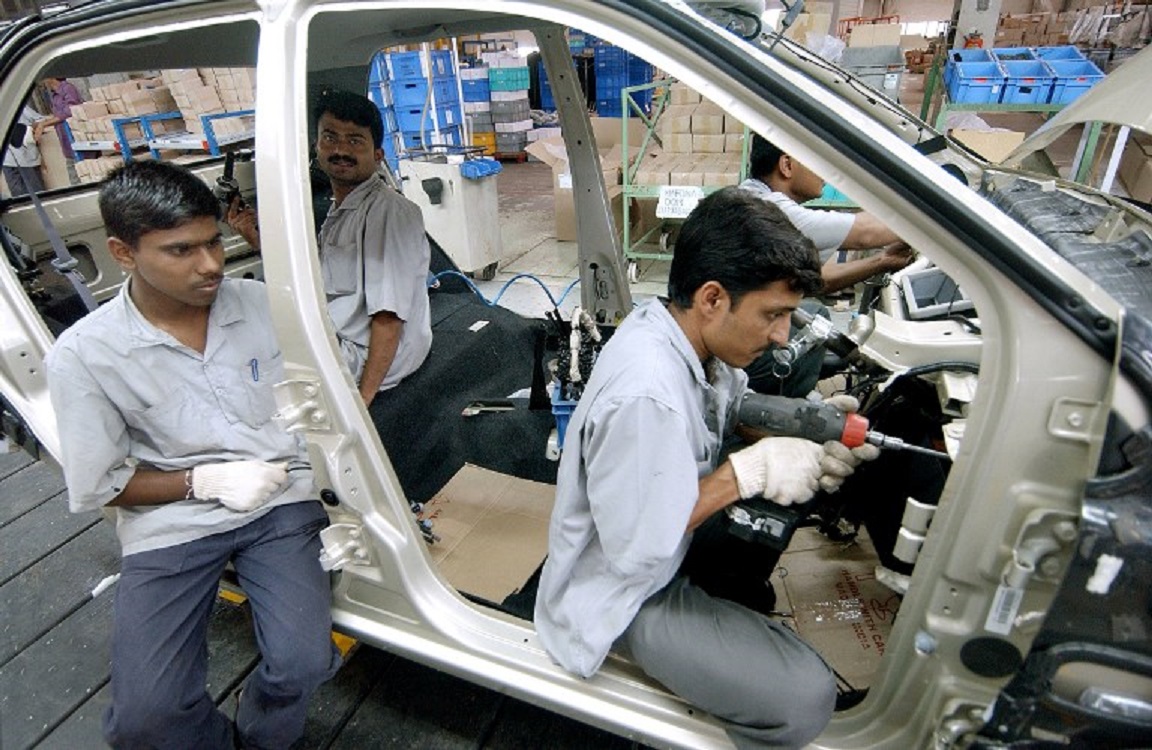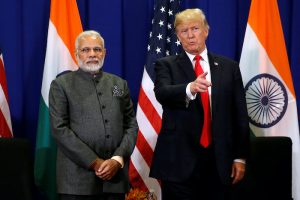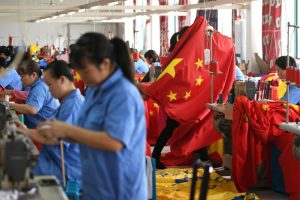The ongoing health crisis in the world’s second most populous country will take a toll on its loans sector but its lenders will prevail in a nation used to recovering from setbacks
The rapid spread of India’s second wave of Covid-19 infections poses escalating risks for the country’s fragile economic recovery. As it continues to take its toll on the country’s rural heartlands, it is likely to present a new set of challenges for lenders in the coming months.
In a patchwork of stringent state-specific lockdowns and movement restrictions, lenders with large rural exposures will have to tread a delicate balance between managing growth, existing portfolios and their duties, as the country continues to grapple with its ongoing health crisis.
Given the disruption in economic activity across India, the operating environment for lenders continues to remain uncertain against this backdrop. Loan relief and restructuring activity had delayed credit loss recognition from the first, largely city-bound wave of infections, and 4QFY21 results were expected to reveal the damage.
Also on AF: Bitcoin battered by China crackdown, Musk’s tweets and hackers’ warning
Initial expectations from our experts had varied between 5% and 10% in loan losses following the first wave for NBFC-MFIs (non-banking finance company-microfinance institutions) and a doubling of NPAs (non-performing assets) in the unsecured MSME (micro, small and medium enterprises) space to 8%.
As Covid spreads to rural India – Uttar Pradesh, Bihar, and Kerala – these figures could be obscured once again.
While microfinance, MSME, and car financier disbursements had seemed positive in 4QFY21, a closer look at the data reveals that a deeper recovery was still taking place. In the microfinance sector, we heard that disbursements growth was partly being driven by top-up loans funding partial or full EMIs (equated monthly installments).
Moreover, with several auto original equipment manufacturers (OEMs) and auto ancillaries resorting to plant shutdowns during the first wave of Covid infections and the associated lockdowns, the resulting automobile supply chain issues meant that automotive demand was still not being met by supply, therefore muting car loan disbursements growth.
DISBURSEMENTS DIVE
Despite the lack of a nationwide lockdown, disbursements have now taken a dive amid mounting fears from borrowers and lenders hitting the brakes. However, the core risks for lenders will be concentrated in their back books.
While collections efficiency appeared to be normalising across most segments, for example as seen with AU Small Finance Bank reaching 97% collections efficiency in 3QFY21, certain segments were propped up by partial payments.
This poses another source of concern, especially in cases where these EMIs have been funded by new top-up loans, potentially leading to fresh NPA formation in the event of further loan deterioration.
Furthermore, with the high popularity of gold loans in rural states such as Kerala, representing about 10% of Indian domestic automobile sales, borrowers have been asked to put up additional collateral or repay their debt as gold prices began to soften in late 2020.
PORTFOLIO COLLECTION
We believe that India’s second Covid wave will also compound the challenges experienced in past-due portfolio collection. In the car loans segment, NBFCs often have more than 60% of their portfolios in rural and semi-urban areas and are generally more weighted to sub-prime and self-employed borrowers than banks.
While generally being more effective than banks in rural collections, experience has taught NBFCs that when a customer misses their EMI payments too or three times, recoveries become difficult. Couple that with the importance of personal mobility in the current health crisis and repossessions become unfeasible.
As India presses on with its pandemic containment efforts, we still maintain an optimistic medium to long-term outlook for its rural finance sector, even if some aspects of the market have inevitably changed forever. For example, our experts say that the JLG (joint liability group) concept may have had its time in microfinance, where door-to-door servicing has nearly fully replaced centre-based group meetings.
COMPLICATED COLLECTIONS
However, some things may not have changed. While the pandemic has led to accelerated investment in digital capabilities from banks, NBFCs, and fintechs alike, digital collections remain complicated and expensive, especially in rural areas where field forces have typically supported repayment behaviour.
That being said, rural India is not new to shocks. The microfinance model of providing small collateral free loans to the country’s rural communities has, on multiple occasions, established itself as an effective and sustainable model for financial inclusion.
Having weathered several serious economic setbacks in the past such as the 2010 Andhra crisis and 2016 Demonetisation crisis, individual and MSME borrowers have often proven their remarkable resilience, and we believe this would be no exception.
- Patrick Stokvis is the vice-president at global research firm Third Bridge Group
Read more:
The crypto conundrum and the challenges of investing in Bitcoin
Robots can deliver the clean start we need after Covid
























